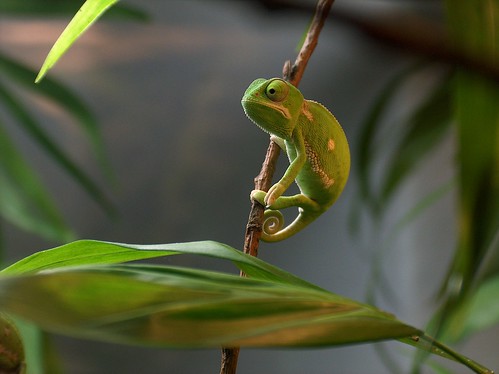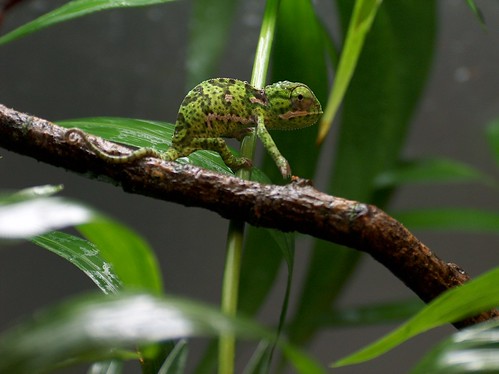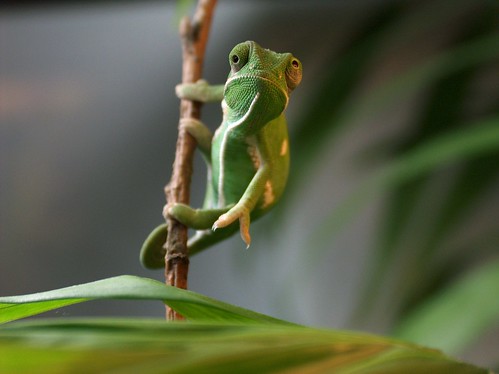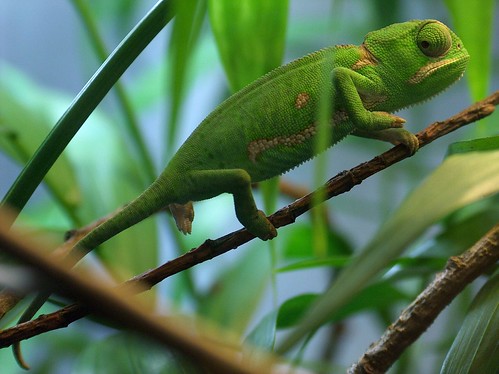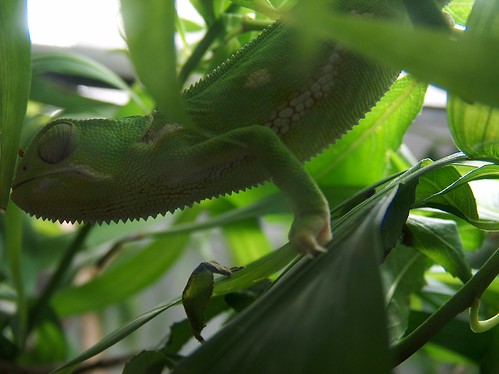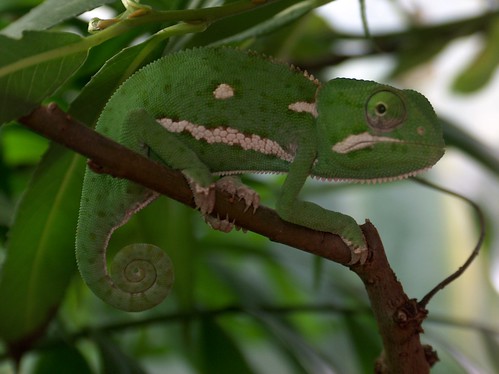Navigation
Install the app
How to install the app on iOS
Follow along with the video below to see how to install our site as a web app on your home screen.
Note: This feature may not be available in some browsers.
More options
You are using an out of date browser. It may not display this or other websites correctly.
You should upgrade or use an alternative browser.
You should upgrade or use an alternative browser.
Chamaeleo gracilis (or quilensis?)
- Thread starter Joery
- Start date
casperpetersen
New Member
Hi
did you buy them at Hamm ?
are there any spurs on the males hindlegs?
do you know the lokality?or country?
they look alot like mine ch roperi did when they were young but then again they all(allmost) look the same... (the young ones from the dilepis complex)
did you buy them at Hamm ?
are there any spurs on the males hindlegs?
do you know the lokality?or country?
they look alot like mine ch roperi did when they were young but then again they all(allmost) look the same... (the young ones from the dilepis complex)
Joery
New Member
Nope, didn't buy them in hamm and no visible spurs on the hind legs of the animas i've seen, but then again mine is a female i think. I have no idea about the locality, but i reckon ch. gracilis is widely spread in africa, though it seems to me that the neck flaps are a bit too big for ch. gracilis and are more quilensis like (shorter then dilepis), though as you said roperi is possible as well.
best regards
Joery
best regards
Joery
Chris Anderson
Dr. House of Chameleons
gracilis isn't part of the dilepis. Whole different chameleon.
Linkin - I get the impression that the original poster is well aware of the fact that Ch. gracilis is not the same species as Ch. dilepis. The issue is that differentiating between a group of species which are very similar to Ch. dilepis is extremely difficult, especially as juveniles. This group of species is often referred to as the "Ch. dilepis species complex" which is what the original poster was asking about. While Ch. gracilis is not always placed into this species complex, it is very similar and closely related which can make it difficult to differentiate and can be referred to in this species group as well.
Joery - Unfortunately if your animal is a female and you are unable to examine males from the same clutch, it is going to be even more complicated trying to identify your chameleon down to the species/subspecies. I do not think your animal is Ch. gracilis, however, due to the fact that the casque appears to be convex rather than flat or concave like you would expect in Ch. gracilis. Unfortunately, due to the age of your chameleon, this may simply be because it is not fully grown.
Chris
merumontanus
Avid Member
Joery,
Those are some SHARP photos!... and some healthy chameleons.
Cheers,
Fabián
Those are some SHARP photos!... and some healthy chameleons.
Cheers,
Fabián
Joery
New Member
Thanks guys for the efforts, unfortunately i can not examine males from the same clutch so it will be hard to determine the exact species. A friend of mine who imported these chameleons told me it should be Ch. gracilis (it was sold to me as ch. dilepis), but after growing up me and a good friend of "Doelgroep Kameleons" from Belgium were starting to doubt that and were more thinking towards ch. quilensis.
Best regards
Joery
Best regards
Joery
Chase
Chameleon Enthusiast
Linkin - I get the impression that the original poster is well aware of the fact that Ch. gracilis is not the same species as Ch. dilepis. The issue is that differentiating between a group of species which are very similar to Ch. dilepis is extremely difficult, especially as juveniles. This group of species is often referred to as the "Ch. dilepis species complex" which is what the original poster was asking about. While Ch. gracilis is not always placed into this species complex, it is very similar and closely related which can make it difficult to differentiate and can be referred to in this species group as well.
Ok. Thanks for that information. Sorry to the original poster for my rude comment.
ashleynagy
Member
those look so great! i love the patterns on the second little guy
Similar threads
- Replies
- 10
- Views
- 2K
- Replies
- 18
- Views
- 2K
- Replies
- 17
- Views
- 2K

